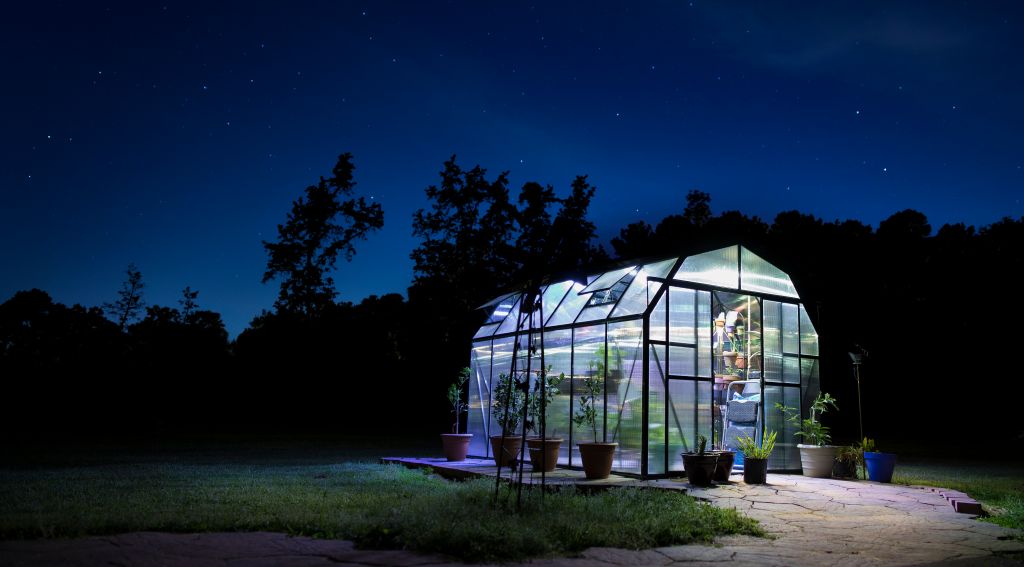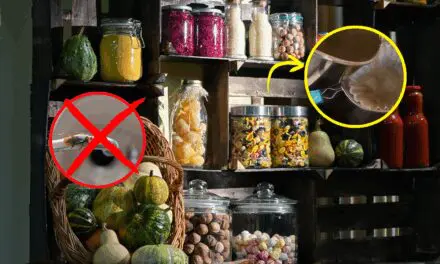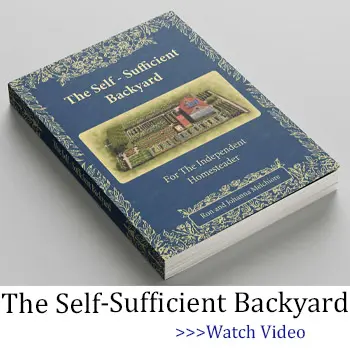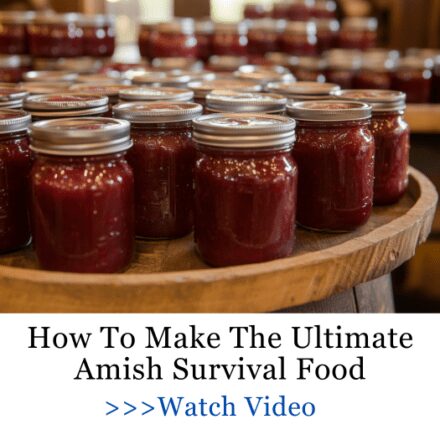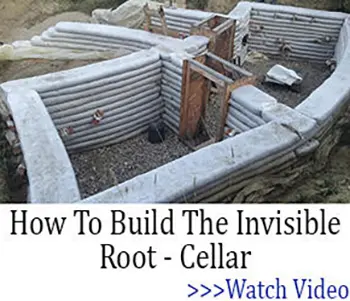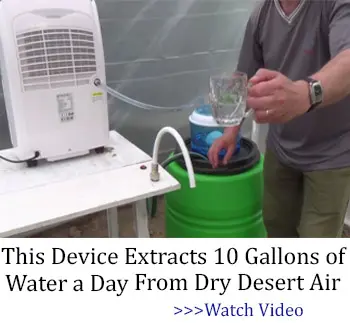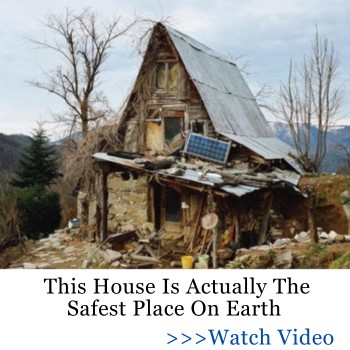For gardeners and homesteaders aiming to boost their self-sufficiency, greenhouses are game-changers. They extend your growing season, shield plants from the elements, and offer greater control over growing conditions. But if you’re considering adding a greenhouse to your property, it’s essential to understand the different types available. One of the most versatile options is the freestanding greenhouse. But what is a freestanding greenhouse?
Freestanding Greenhouse Definition
A freestanding greenhouse is a standalone structure that is not attached to any existing building. Unlike lean-to or attached greenhouses, freestanding greenhouses have four walls and can be placed anywhere on your property where space and sunlight permit. These structures come in various shapes and sizes, from small backyard units to large-scale growing facilities.
Types of Greenhouses
When deciding on a greenhouse, it helps to know the main types:
- Lean-to Greenhouse – Built against an existing structure, often limited in space and light exposure.
- Freestanding Greenhouse – Independent structure offering flexibility in placement and often more growing space.
- Hoop House – Typically made with a steel frame and polyethylene cover; budget-friendly and easy to assemble.
- Cold Frame – Low-profile, box-like structure ideal for hardening off seedlings or extending the growing season.
Freestanding Greenhouses Advantages
- Flexibility in Placement: Because they don’t rely on an existing wall, freestanding greenhouses can be situated wherever conditions are ideal—usually where they receive full sun.
- Better Light Exposure: With all sides exposed, plants benefit from more even and extended sunlight throughout the day.
- More Space: These structures typically offer more growing room, both horizontally and vertically, which is especially useful for large-scale or diverse planting.
- Improved Air Circulation: With greater separation from other buildings and 360-degree access, airflow tends to be better, reducing the risk of mold and disease.
- Expandable: You can more easily enlarge a freestanding greenhouse if you need additional growing space.
Freestanding Greenhouses Disadvantages
- Higher Initial Cost: These units can be more expensive to build than attached greenhouses due to additional materials for all four walls.
- Requires More Land: Since they are standalone, you’ll need more open space on your property.
- Heating Costs: Detached from your home, they may require separate heating solutions in colder months.
- Utility Access: You may need to install new lines for water and electricity, which adds to setup costs and effort.
Is a Freestanding Greenhouse Right for You?
If you have the space and budget, a freestanding greenhouse can be a rewarding investment in your self-sufficiency journey. It’s perfect for serious growers who want year-round control over their plants and the ability to grow a wider variety of crops. With proper planning and design, a freestanding greenhouse becomes more than just a place to grow—it becomes a hub of productivity, education, and independence.
Whether you’re growing herbs for home remedies, vegetables for your table, or flowers to brighten your space, a freestanding greenhouse offers the flexibility and scale to meet your needs. Just weigh the pros and cons carefully and choose a model that fits your climate and goals.
In short, understanding what a freestanding greenhouse is—and how it compares to other types—will help you make the best choice for your homestead or backyard garden.
Greenhouse Mistakes I Learned from Building My Own
PVC Handpump for Tapping into the Fresh Water Under Your Property (Video)
Avoid These 7 Common Greenhouse Gardening Mistakes
DIY Mini Greenhouse For Year-Round Vegetables

